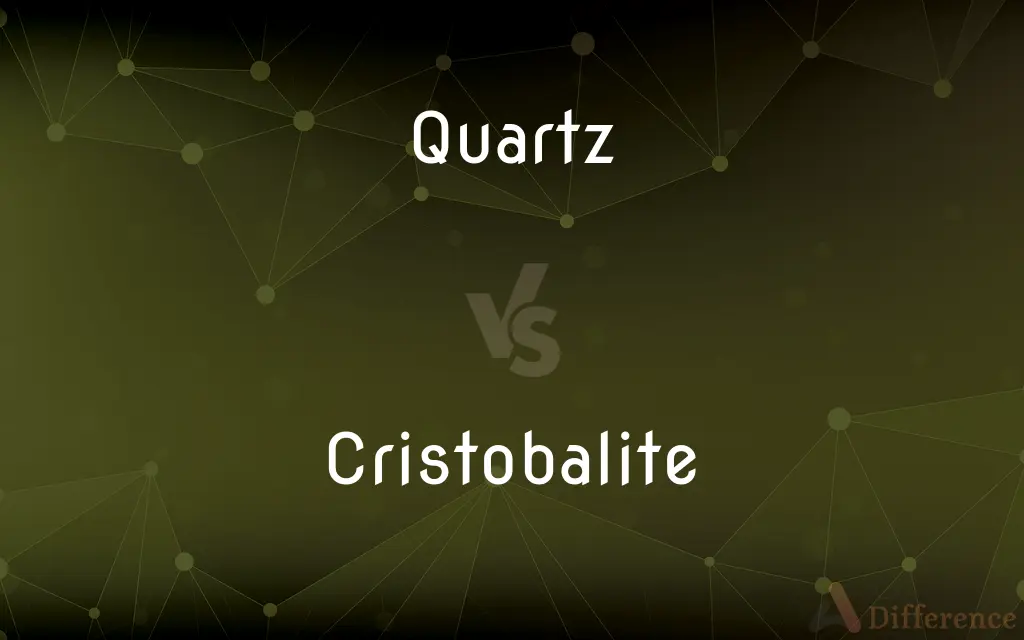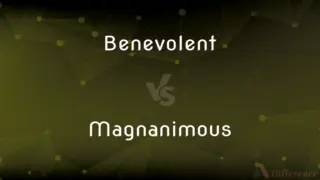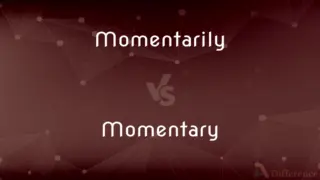Quartz vs. Cristobalite — What's the Difference?

Difference Between Quartz and Cristobalite
ADVERTISEMENT
Compare with Definitions
Quartz
Quartz is a hard, crystalline mineral composed of silica (silicon dioxide). The atoms are linked in a continuous framework of SiO4 silicon-oxygen tetrahedra, with each oxygen being shared between two tetrahedra, giving an overall chemical formula of SiO2.
Cristobalite
Cristobalite is a mineral polymorph of silica that is formed at very high temperatures. It is used in dentistry as a component of alginate impression materials as well as for making models of teeth.It has the same chemical formula as quartz, SiO2, but a distinct crystal structure.
Quartz
A very hard mineral composed of silica, SiO2, found worldwide in many different types of rocks, including sandstone and granite. Varieties of quartz include agate, chalcedony, chert, flint, opal, and rock crystal.
Cristobalite
(mineral) A mineral of volcanic rocks that solidified at a high temperature. Cristobalite is chemically identical to quartz, with the chemical formula SiO2, but has a different crystal structure. Crystals are always microscopic, and usually form small rounded masses.
Quartz
(mineral) The most abundant mineral on the earth's surface, of chemical composition silicon dioxide, SiO2. It occurs in a variety of forms, both crystalline and amorphous. Found in every environment.
ADVERTISEMENT
Cristobalite
A white mineral consisting of silica; found in volcanic rocks
Quartz
Crystal meth: methamphetamine hydrochloride.
Quartz
A form of silica, or silicon dioxide (SiO2), occurring in hexagonal crystals, which are commonly colorless and transparent, but sometimes also yellow, brown, purple, green, and of other colors; also in cryptocrystalline massive forms varying in color and degree of transparency, being sometimes opaque.
Quartz
Colorless glass made of almost pure silica
Quartz
A hard glossy mineral consisting of silicon dioxide in crystal form; present in most rocks (especially sandstone and granite); yellow sand is quartz with iron oxide impurities
Share Your Discovery

Previous Comparison
Benevolent vs. Magnanimous
Next Comparison
Momentarily vs. Momentary














































